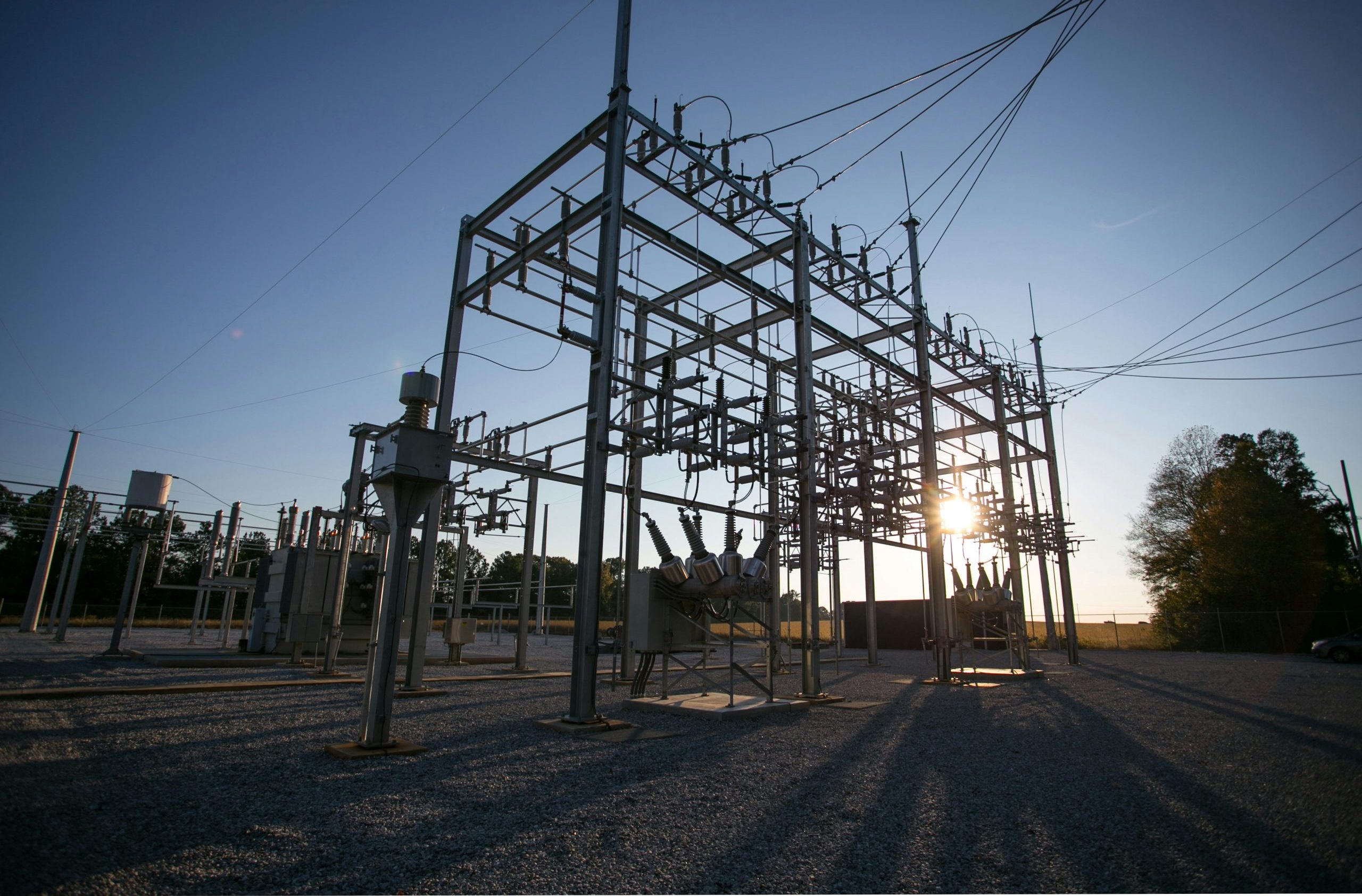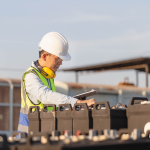In a of the power transmission and distribution network, high-voltage substations are critical components, ensuring safe and reliable flow of electricity to residential, commercial, and industrial areas across Australia. Given the unique challenges presented due to varied climates, geography, and regulatory landscape across the country, designing high-voltage substations demands careful planning and a deep understanding of local conditions. From site selection and environmental considerations to technical and safety requirements, this guide will explore key factors design engineers should consider when working on these essential infrastructure projects in Australia.
- Site Selection and Geotechnical Analysis
Selecting the right location for a high-voltage substation is an important early step in the design process. The ideal site must balance accessibility, environmental protection, and proximity to load centres. In Australia, site selection is especially important due to the vast, diverse landscapes, which range from dense urban environments to remote rural areas.
Engineers must conduct thorough geotechnical investigations to understand the soil and rock properties at the proposed site, as these influence the design of foundations and structures. Coastal regions, for example, often require designs that account for highly corrosive environments, while areas with heavy clay soils may necessitate specialised foundation solutions. Furthermore, assessing the risk of natural hazards like flooding, bushfires, and cyclones is crucial, particularly in regions prone to extreme weather events, such as Northern Queensland or Western Australia’s cyclone-prone coastal areas.
- Compliance with Australian Standards and Regulatory Requirements
Designing substations in Australia requires strict adherence to national and local standards, such as those set forth by Standards Australia. Key standards include AS 2067, which governs the design and operation of high-voltage installations, and AS 3000, the Wiring Rules. Each state may also have additional requirements based on the regulatory bodies overseeing the transmission network in that region.
Meeting these standards ensures compliance but also enhances safety and operational efficiency. Engineers must stay up to date with evolving regulations and guidelines, particularly in the energy sector, where emerging technologies like renewable energy integration and smart grid systems are rapidly advancing.
- Electrical Design and Equipment Selection
Load flow, fault level, protection coordination, and reliability are all considerations a high-voltage substation design must account for. Ensuring the correct transformers, circuit breakers, disconnectors, and other high-voltage equipment is selected is essential to meet the substation’s operational requirements. Engineers need to consider not only the electrical ratings of each component but also factors like equipment lifespan, maintenance requirements, and availability of spare parts.
In Australia, where reliability and resilience are paramount, redundancy is a key design consideration. For substations servicing critical loads, such as hospitals or data centres, implementing a robust redundancy strategy through a N-1 or even N-2 configuration can help minimise downtime and enhance fault tolerance.
- Environmental and Community Impact
Australia’s commitment to environmental sustainability requires substations to minimise their ecological footprint. Design engineers must consider factors such as noise pollution, visual impact, and electromagnetic fields (EMF) to mitigate community concerns, especially for substations located near residential areas.
Noise reduction techniques, such as sound-dampening barriers and low-noise transformers, can help mitigate the impact on surrounding communities. Engineers should also assess the visual impact of the substation and consider landscaping or architectural adjustments to blend the facility into its environment.
Moreover, engineers must conduct a comprehensive Environmental Impact Assessment (EIA) to identify and address potential ecological risks. For instance, in sensitive habitats or areas near protected species, design adjustments may be necessary to minimise disruptions.
- Climate Adaptation and Resilience
Australia’s climate poses unique challenges for substation design, with engineers needing to account for everything from extreme heat in the outback to heavy rains in the tropical north. Equipment specifications should reflect the local climate to ensure longevity and performance. High temperatures, for instance, can lead to overheating and accelerated aging of equipment, making heat-resistant materials and cooling solutions a priority in areas like Central Australia.
In flood-prone regions, elevating equipment or installing flood defences may be necessary to prevent service interruptions. Engineers must also consider protection against bushfires, especially in areas with a high fire risk. This may involve selecting fire-resistant materials, implementing firebreaks, and using automated fire detection systems.
- Safety and Risk Management
Safety is paramount in high-voltage substation design, not only for the technicians who work on-site but also for the surrounding community. In Australia, strict safety standards must be followed to mitigate risks associated with high-voltage equipment and potential electrical faults.
To reduce the risk of arc flashes, substation designs should incorporate arc-resistant switchgear, appropriate safety clearances, and safe grounding practices. Engineers also need to implement rigorous operational protocols to prevent electrical hazards during maintenance and repair activities. Advanced protection systems, such as differential protection and distance protection, can help detect faults and prevent incidents from escalating.
- Integration of Renewable Energy Sources
Australia’s rapid transition towards renewable energy means that substations increasingly need to connect to solar, wind, and other renewable sources. The variability of renewable power sources presents challenges for traditional grid design, with substations now needing more flexible systems capable of managing fluctuations in power generation and demand.
Battery energy storage systems (BESS) and flexible protection schemes are essential tools for engineers looking to design substations that can support renewable energy. BESS can help stabilise grid voltage and provide backup power in remote areas where renewable energy is the primary source.
- Future-Proofing and Digitalisation
As the energy industry evolves, designing substations with the future in mind is essential. Incorporating digital systems and automation can make substations more adaptable and efficient. Digital substations, which use fiber optic cables instead of traditional copper wires for communication, offer improved data collection and faster fault detection. This can significantly reduce maintenance costs and enhance the system’s response time to faults.
Futureproofing also involves planning for expansions or technology upgrades. Modular designs and scalable solutions can help future-proof substations, allowing them to evolve as new technologies and energy demands emerge.
Designing high-voltage substations requires a structured balance of technical, environmental, and regulatory considerations to deliver a resilient, efficient, and safe solution. By carefully considering site selection, compliance, equipment choices, environmental impact, and emerging trends, engineers can help build substations that will support Australia’s energy needs now and in the future.





